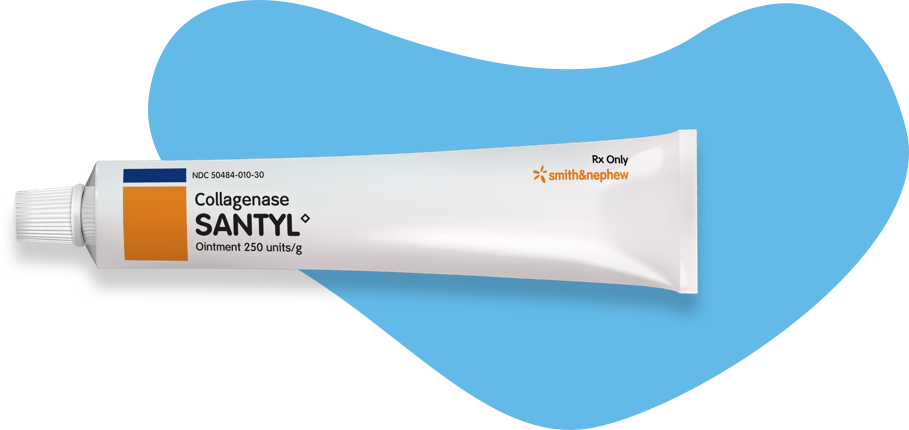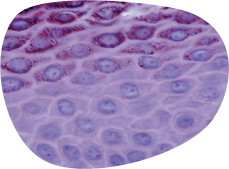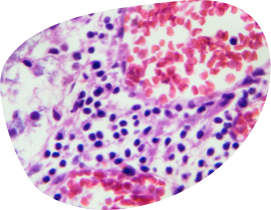Debridement that delivers more

Remove the barriers. Recruit the closers.8-11
With its unique mechanism of debridement, Collagenase SANTYL◊ Ointment has been shown to help wounds progress toward closure through byproducts that contribute to the migration and proliferation of fibroblasts, keratinocytes and endothelial cells.8-11

Fibroblasts

Keratinocytes

Endothelial cells
Start strong. Start with SANTYL Ointment.
Wounds that fail to close by at least 50% after four weeks will not likely heal within 12 weeks, a study of diabetic foot ulcers suggests.2 The consequences of this can be devastating for both patient quality of life and healthcare costs:
- More than 85% of lower extremity amputations in diabetic patients are precipitated by a worsening foot ulcer28
- High-grade diabetic foot ulcers cost eight times more to treat than low-grade ones29
- Almost 1 in 5 debridement patients have to be readmitted to the hospital30
SANTYL Ointment is not only backed by a wealth of evidence showing broad clinical efficacy, but also health economics data that supports early intervention.26
Mechanism of action
SANTYL Ointment uniquely and actively debrides by cleaving necrotic tissue at seven specific sites along the denatured collagen molecule, unlike endogenous debridement that only works at one site.5,7 While this effectively removes barriers to healing, it also aids wound progression by creating polypeptide bioactive byproducts8-11 that have been shown to signal cells associated with closure.
Body of evidence
Both case studies and clinical evidence showing dramatic reductions in wound size demonstrate how SANTYL Ointment actively helps wounds progress toward closure.
Compatibility
SANTYL Ointment has demonstrated to be compatible16 with a number of other treatments.
Dosing calculator
Proper dosing is crucial. Simply enter wound dimensions and duration of therapy and the dosing calculator will estimate the grams needed.23

